AMPN: taking care of Monaco’s protected marine areas

The Monegasque Association for the Protection of Nature has been working for nearly fifty years in the Larvotto and Spélugues protected marine areas.
This month, the article in our series devoted to associations in the Principality and on the Côte d’Azur focuses on the Monegasque Association for the Protection of Nature (AMPN), created in 1975.
The AMPN owes its existence to Prince Rainier III. Fifty years ago, the Prince wanted to preserve part of the Principality’s coastline and entrusted this task to a team of volunteers. This is how the first underwater reserve – today a protected marine area (PMA) – of Larvotto came into being in 1976, followed in 1986 by Spélugues, at Port Hercule.

Jacqueline Gautier-Debernardi, Director of the AMPN, has been immersed in this world since childhood: the President of the association at the time was none other than her father, Eugène Debernardi. After taking over in 2013, Jacqueline is now in charge of the numerous initiatives carried out by the association.

Official manager of the two protected marine areas since 2018, the AMPN works in close collaboration with the Princely Government, in particular the Department of the Environment, and the Prince Albert II Foundation.
“They support our projects and help us finance our programmes,” explains Jacqueline. “We also work with the Maritime and Airport Police Division, the Directorate of Maritime Affairs, the Scientific Centre, the Oceanographic Institute, but also with ocean users, divers, fishermen and even hotels. The aim is for everyone to become aware of the existence of these marine protected areas and for all those who have a direct or indirect link with them to ensure their protection.” For example, a partnership with the Monte-Carlo Bay Hotel helps to develop awareness-raising initiatives and to improve surveillance and monitoring of the Larvotto PMA.
Since its creation, the association has been involved in three main areas: natural heritage, research and development, and communication and awareness.
SEE ALSO : Monaco Liver Disorder: Fighting Liver Disease in Children
Monitoring animal and plant species
The association’s first priority is to monitor the species in protected marine areas, and in particular fish populations: “We want to know the effectiveness of PMAs, thanks to comparisons with unprotected areas. We count all fish species, but also corbs and groupers in the framework of a dedicated study. We also monitor the Posidonia meadow [a marine plant that is particularly important for the ecosystem] and we watch for the potential arrival of non-native species, because some can become invasive and risk destabilising biodiversity.”
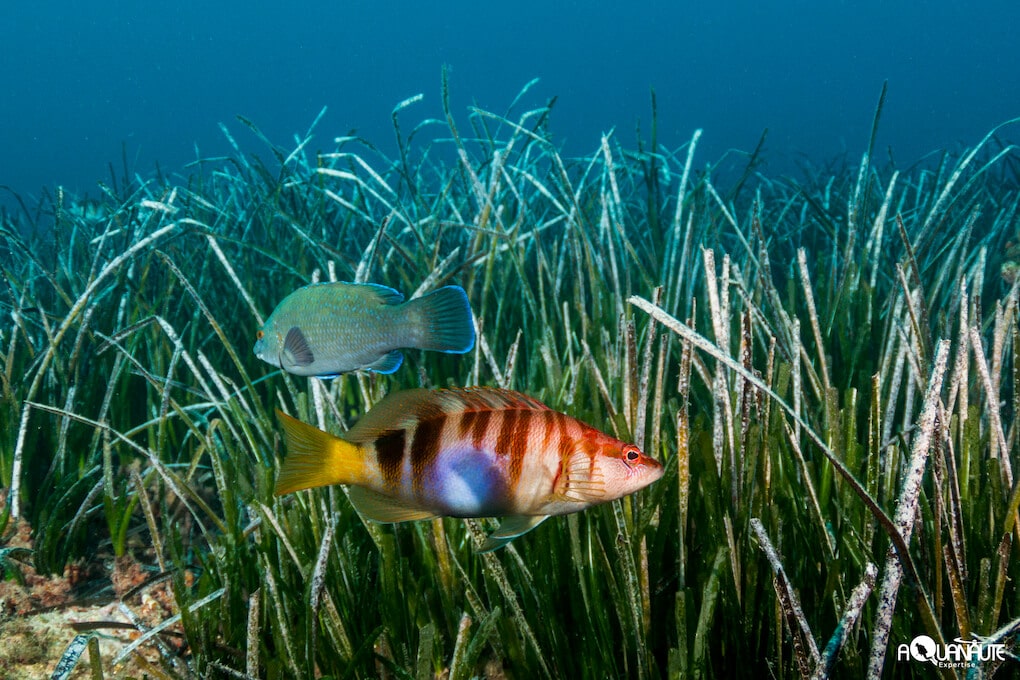
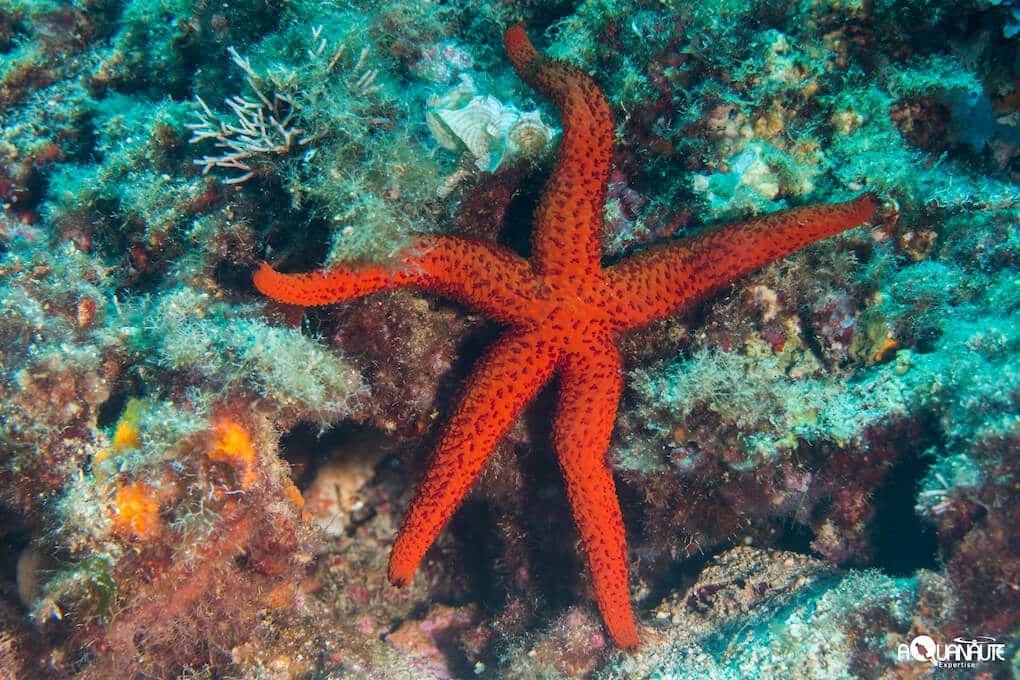
In parallel with this monitoring work, the AMPN has developed a research programme on artificial reefs, made possible using a 3D printer, at the request of the Prince Albert II Foundation. “The advantage of 3D printing is the ability to reach a very high level of complexity. We ran this programme alongside Professor Patrice Francour, who was Director of the Nice Research Laboratory – Ecoseas. He developed a reef design according to the target species, the different cavities having been designed according to their preferred habitats. We then collaborated with a PhD student to set up a tool to analyse the complexity of an underwater structure, as it is more difficult to measure underwater than on land. She also worked on the materials used to make the reefs, to avoid concrete, which can be polluting. For the 3D reefs, we used dolomite sand, which is more natural.”
A picture being worth a thousand words, Jacqueline presents us with a small reproduction of the 3D reef and indicates, point by point, which species uses which cavity: “These are the holes for groupers, and there, for juvenile fish. Here, it’s for lobsters and squid eggs, while these ones are for conger eels and moray eels. Here we find scorpion fish and chapons…”.
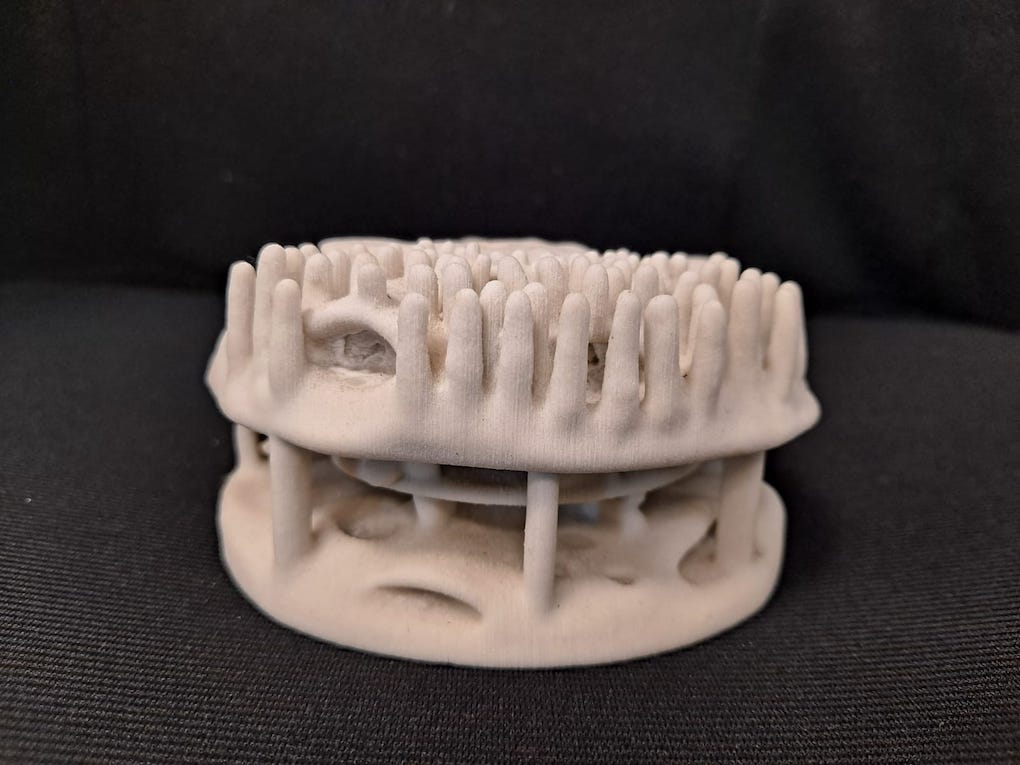

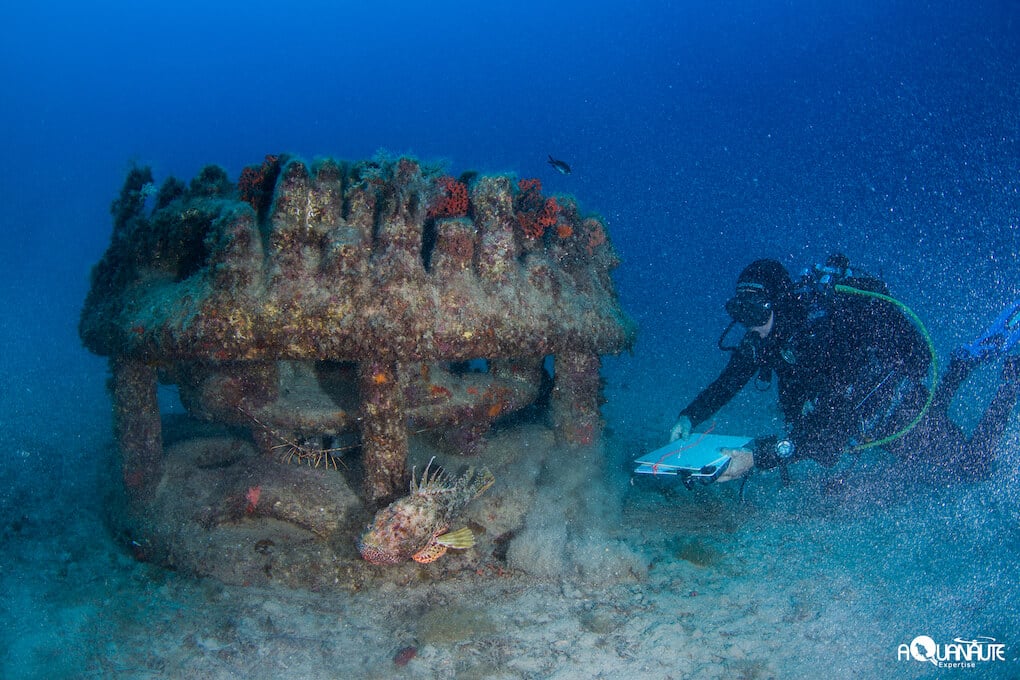
Raising awareness across generations
Last but not least, the AMPN works to raise awareness and educate people to respect marine protected areas. Communication and prevention initiatives take the form of conferences, symposiums, training courses, posters (notably in the Principality’s buses), but also interventions in schools, in order to mobilise the younger generation. Jacqueline has even created an educational marine area – “[her] baby” – which extends from the floating dyke to the Oceanographic Museum and welcomes a class of fifth-year pupils from the Principality every year. “The class conducts an initiative for the sea throughout the school year. We meet the pupils at school and on the site and help them set up their project.”
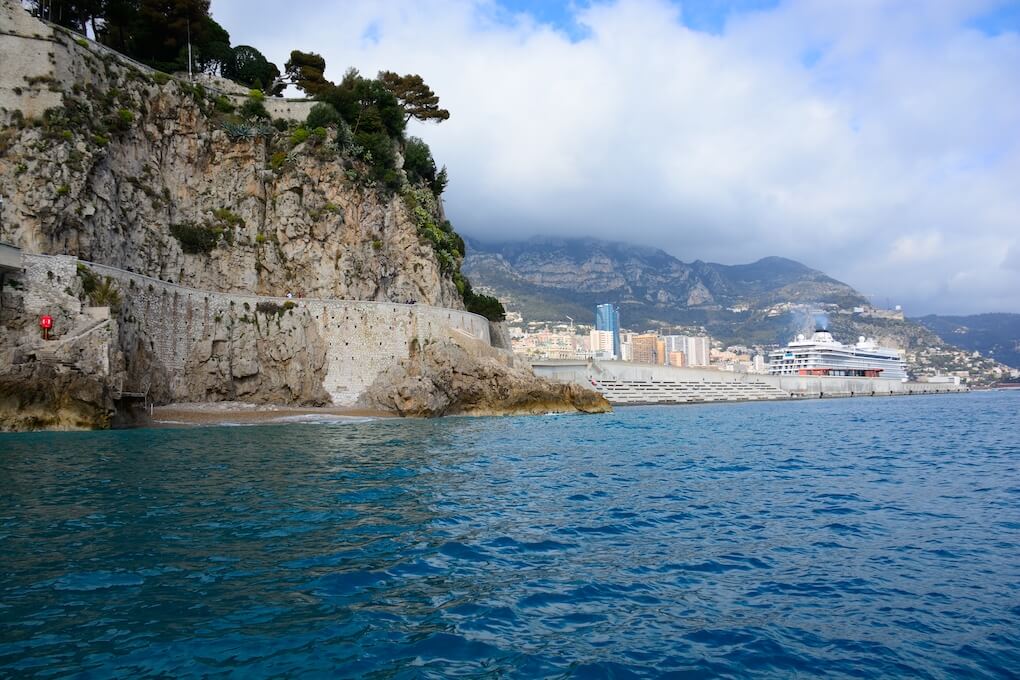
SEE ALSO : Be Safe Monaco: seeing young drinkers home safely
For example, pupils from the Fontvieille school worked last year on sustainable consumption and had the privilege of preparing a sustainable menu with the two-star chef Marcel Ravin, a meal that was later enjoyed in the presence of Prince Albert II. “The Prince is always there, he follows us, supports us. We have this opportunity, which other states do not have. The Prince is really committed and very aware of what we do”, Jacqueline insists.
The project for the 2022/2023 school year is already decided. Although Jacqueline is keeping it a secret, she is sure of one thing: it will be a great project. “The children really mature between the beginning and the end of the year. They absorb a lot of information, take ownership of the site…”, she is delighted. She hopes to see, little by little, attitudes and behaviour change: “There is still work to be done, particularly with regard to waste, which people leave lying around. That’s what annoys me the most, it’s not complicated to keep the sea clean. In absolute terms, we shouldn’t have to clean up the sea bed.”
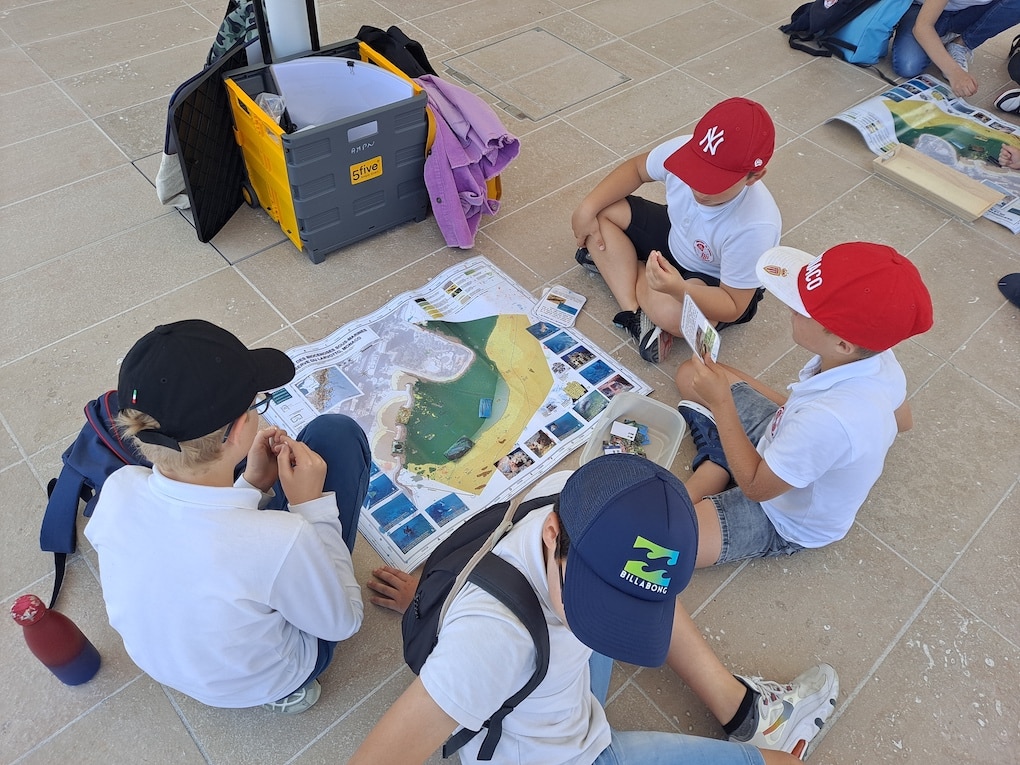
How can I help?
To support the activities carried out by the AMPN financially , it will soon be possible to make a donation on the association’s website. In the meantime, Jacqueline is still looking for volunteers, in particular for the clean-up operations on land and at sea. More information can be found on social networks.
But the most important thing is of course to respect the sea and the marine protected areas, which are both rare and precious, and to make sure you don’t throw your waste everywhere.












